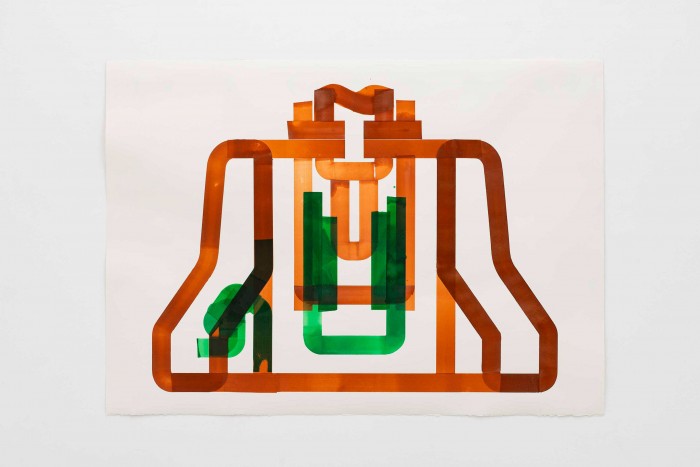
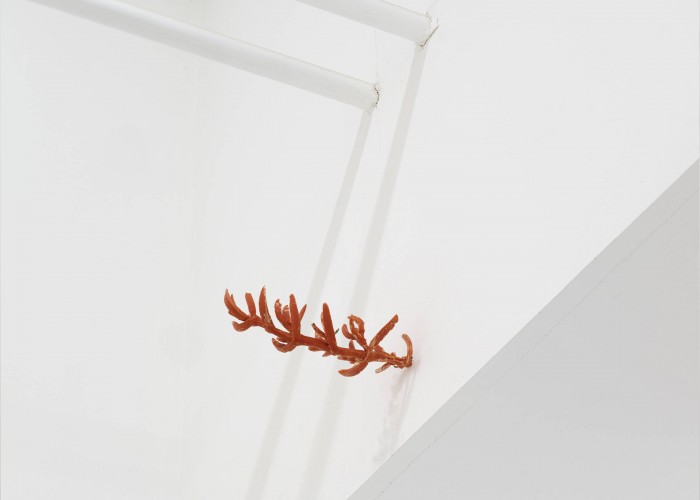
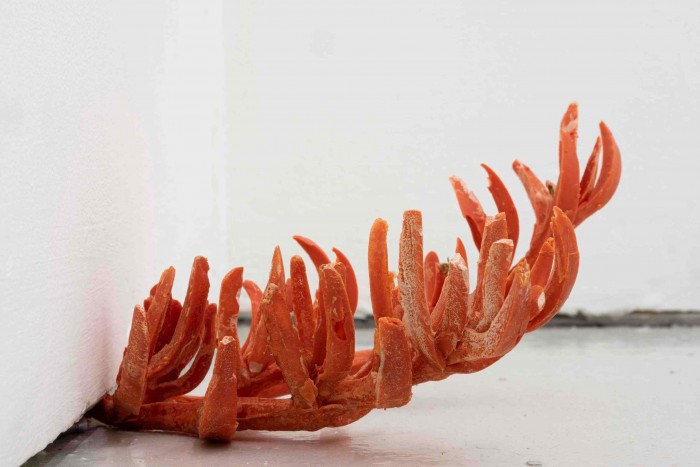
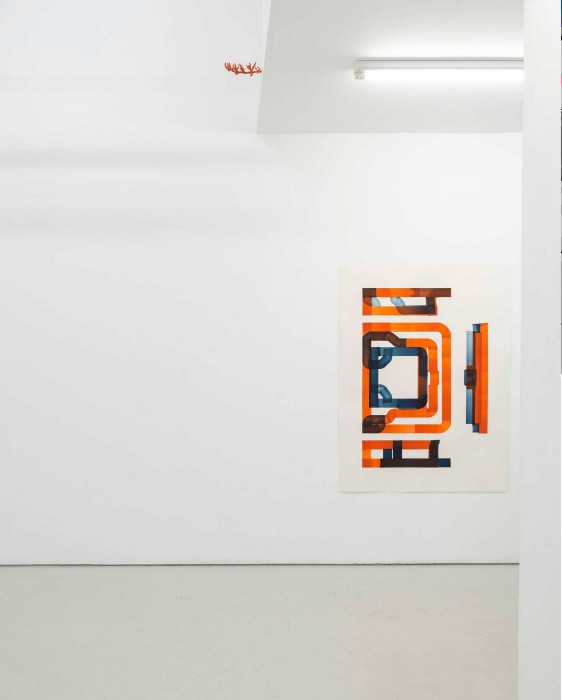
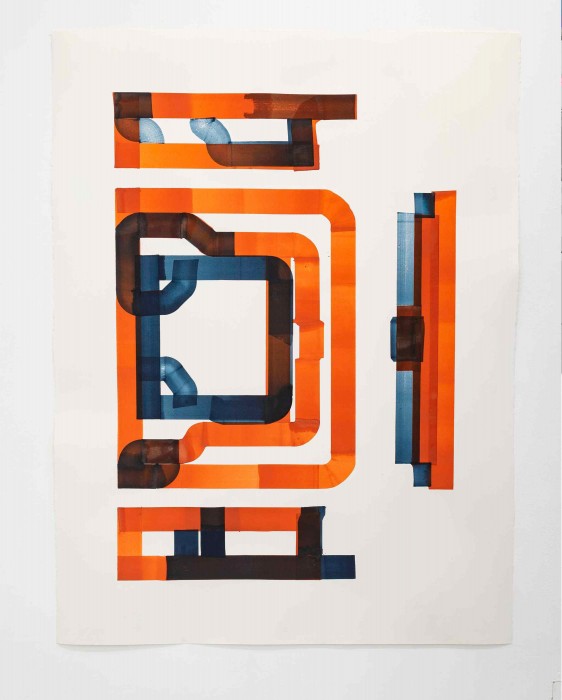
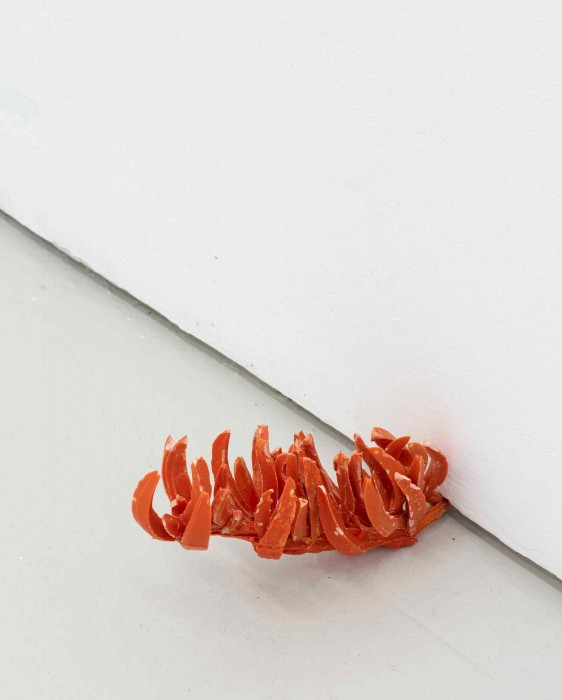


rethinking urban
existence through a clonal invader
Kate Fahey
Zona Mista, London, 2021
|
Search
Carpobrotus edulis
and it doesn’t take long for the internet to tell you that it is a clonal
invader, sending out its runners to creep into and strangle new
terrain. A pioneer plant, it thrives in
inhospitable environments breaking down rocks into soil for newer
more delicate settlers.
Hard labour.
Its invasiveness is
documented since its first colonial
transplantation as an exotic ornamental
flower to the UK, and for its dense mat-like structure as a land
stabiliser along
edges; road sides, train tracks and coastal paths across the US and
Europe. The archetypal tale
of humans putting nature to work and fucking it up. But this
(double?) narrative of management,
control and fixing / fixity is but one (or two?) account(s) of
Carpobrotus edulis.
|
Following
the writing of Robin Wall Kimmerer,
I suggest to think momentarily away from the stories of taking over
indigenous vegetation,
the wreaking of ecological havoc,
and away for from the
imperial modes through which it
arrived in the first place. These are complex historical and indeed
contemporary environmental and
ethicopolitical dynamics, not to be
eschewed. But, if we could as Wall Kimmerer does, embrace the
multiple narratives of invasive settler species,
we could ask what can we also learn from
Carpobrotus edulis.
What would it teach us, if we chose to listen?
A pioneer,
but also an indigenous plant itself, used as a medicine for thousands
of years by the peoples of the Cape of South Africa. It is a host plant
to many insects
including bees and beetles
and provides shelter for
snails, lizards, skinks and snakes.
The leaves and fruits can be eaten by humans and animals alike.
The plant itself thrives in inhospitable
terrains because of its ability to engage in mutualism, forming
mutually beneficial relationships with fellow local invaders;
rats and rabbits.
Energy rich food in exchange for
shite seed scattering.
Despite its clonal morphology, Carpobrotus edulis exhibits signs of
division of labour, the ability to specify and send nutrients to
different parts of the plant depending on need. Due to its happy
dispensation to hybridise with whatever comes its way,
it is notoriously difficult to classify as a distinct species.
The invader is being evasive,
creating taxonomic, organisational mayhem.
|
A story of hospitality, care, sustenance,
support, cooperation, survival and resistance.
|
So here we are, stuck trying to navigate the
classic anthropocentric problem of
control of wild and untamed behaviour in the landscapes in which
we find ourselves.
Lately road markings and traffic signs have begun to
reappear in
Peckham in preparation for a return to pre-pandemic traffic.
Bright yellow
diagrams of management, order and fixity.
I am reminded of the quietness and
emptiness of the early days and nights of quarantine
when centres
became desolate edges.
The feeling that the city was as thin and crisp as this piece of paper.
From a philosophical standpoint,
any diagram is always a fiction in itself,
as (and following the writing
of Simon O’Sullivan)
it is a view from above, despite that we are always and already
on the ground and in the thick dense mat of it.
The new glistening markings and their splashes and drips act as
reminders of the
unadulterated chaos, joy, and unruly
reclamation that pedestrianisation
brought to
Rye Lane in this past last year. Cycling home late at night, I
witnessed people
playing, pissing, laughing, fucking, voming, preaching, drinking, cry-
ing, skipping, kissing, smoking, snorting, hugging.
I witnessed a cricket match at 2am,
black lives matter protesting
the death of
George Floyd,
people praying and singing together,
carnivals and impromptu street parties.
The markers of top-down perspectives on the management of
public space can only ever be
a kind of fiction.
Operating to dethrone the king, they are an
unintended yet welcome reminder that there are
other thinking adventures,
making space for
other stories we can tell,
other ways to navigate the city,
other modes of urban existence.
|
Kimmerer, R.W. (2020) Braiding Sweetgrass: Indigenous Wisdom,
Scientific Knowledge and the Teachings of Plants.
London : Penguin Books.
|
O’Sullivan, S. (2016) ‘On the Diagram (and a Practice of
Diagrammatics)’ in Schneider, K. and Begum, Y., eds.
Situational Diagram. New York: Dominique Lévy, pp. 13-25.
|
Herben, T. and Klimesova, J. (2020) ‘Evolution of clonal growth forms
in angiosperms’. New Phytologist, 225: 999-1010.